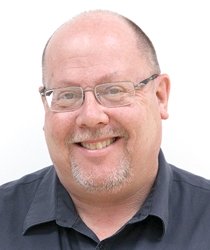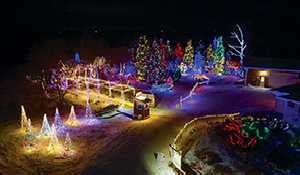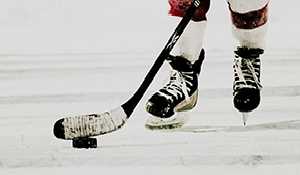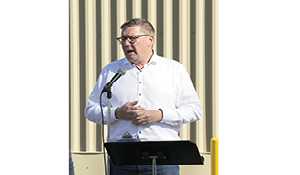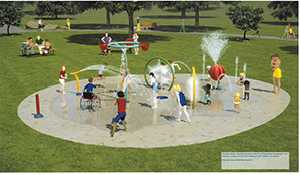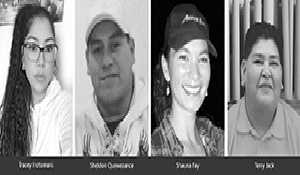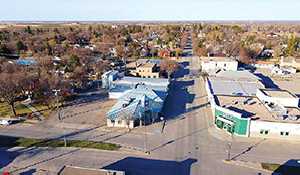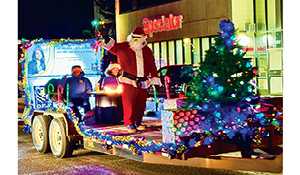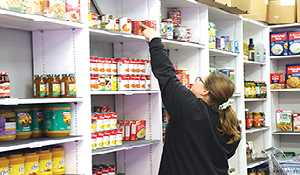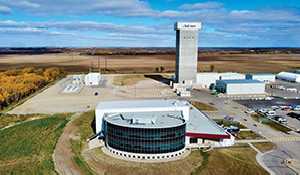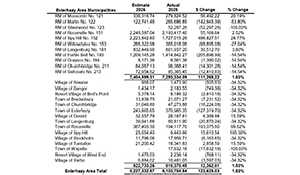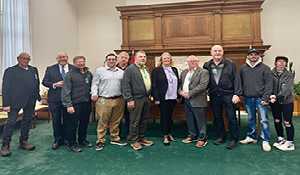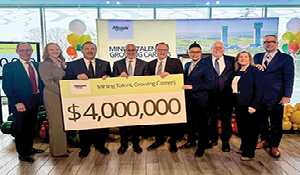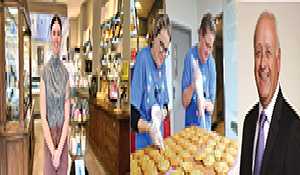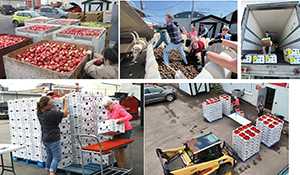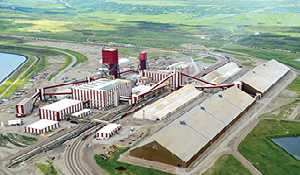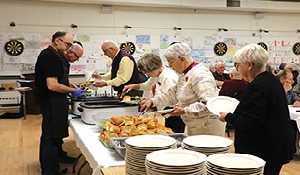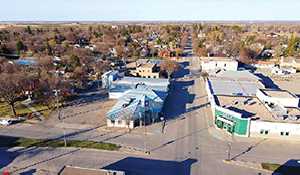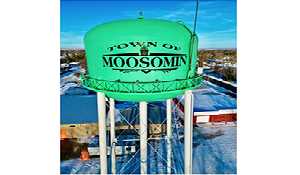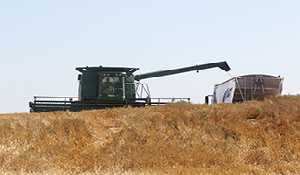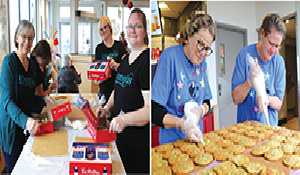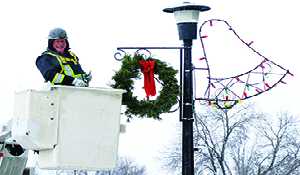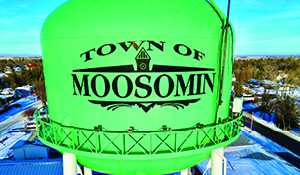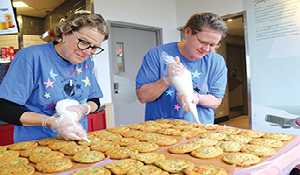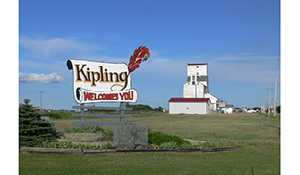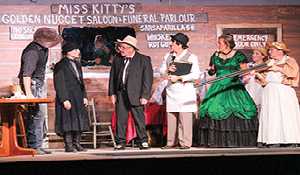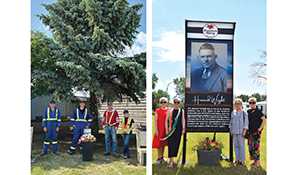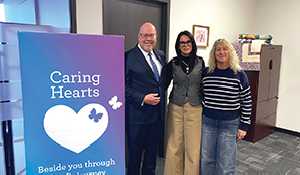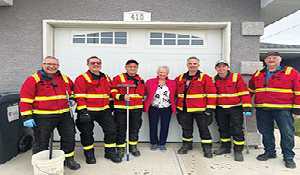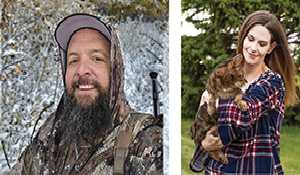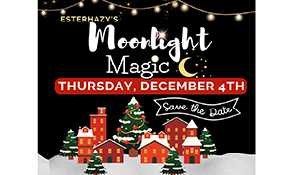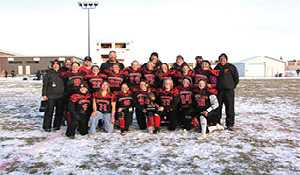Canadian politics is no longer right versus left, it’s urban versus rural
October 7, 2019, 10:32 am

There was a time when politics in Canada was divided on ideological lines.
In any part of the country you would find people of every political persuasion. You would find conservative-minded business people in downtown Toronto and Montreal, and you had some Liberal and NDP supporters in small town Saskatchewan. You still do, but not in numbers sufficient to elect anyone.
In the 1990s, Souris-Moose Mountain sent a Liberal, Bernie Collins, to Ottawa. These days that would be unthinkable.
When I came to Moosomin 30 years ago, the Liberals, NDP and Conservatives all had active local constituencies, all had well known supporters, all would set up committee rooms during the election, get their lawn signs out and work for their candidate. I remember an NDP event we covered in Moosomin as they brought out a high-profile speaker. NDP supporters filled the old Elks Hall, and they passed the hat around the room and raised $10,000.
In the current election, neither the NDP nor the Liberals can find a single person among the 73,000 people in Souris-Moose Mountain to let their name stand in the current federal election.
The NDP candidate in our riding lives in Saskatoon, and the Liberal candidate is a student in Regina.
What has changed?
For one thing, rather than the parties standing for one part or another of the political spectrum, some parties stand for urban interests and some stand for rural interests.
When you look at projections for the outcome in the current federal election, and sort them by population density, a very clear picture emerges.
The most densely populated ridings in the country—the urban ridings—are going to exclusively elect Liberals and NDPers, while the less populated ridings will almost exclusively elect Conservatives, with the exception of the very, very, very thinly populated Territories, which tend to back the Liberals.
When I look at list of ridings ranked by population density, it’s absolutely astonishing how clearly the pattern holds.
Among the top 53 most densely populated ridings, there is not a single one where the Conservatives have a chance of winning.
The most densely populated riding in the country is Toronto Centre, with 17,775 people per square kilometre. That’s about as tightly packed as the Wapella arena on rodeo weekend. And Toronto Centre is as solid a Liberal seat as there is.
The second most densely populated seat in the country is Papineau, Justin Trudeau’s riding in Montreal, which is of course also solidly Liberal.
There are a few possible Conservative seats after the 53rd most densely populated riding, and once you get down to about the 122nd most populated riding, you get into suburban ridings with 1,200 people per square kilometre, and you get a more or less even mix of Liberal and Conservative ridings, and a lot more ridings that aren’t a slam dunk for one party or the other.
Once you get to about 180 on the list of 338 ridings you are getting into the first ridings that actually include rural areas, and have less than 200 people per square kilometre, and you see about 75 per cent of the ridings being Conservative strongholds.
And once you get to ridings with less than 100 people per square kilometre, you see the vast majority being strong Conservative ridings with the odd possible Liberal seat, but with very slim margins.
You go a long way down the list before you get to our area. Brandon-Souris (which includes Elkhorn and Virden) is the 289th most densely populated riding out of 338 with 5.94 people per square kilometre.
And people may be shocked to realize how thinly populated we are compared to the rest of the country, but our other three local ridings—Dauphin-Swan-River-Neepawa, Souris-Moose Mountain and Yorkton-Melville—are the 316th, 317th, and 318th most populated ridings out of 338, with about 1.7 people per square kilometre. That puts us in the most sparsely populated six per cent of constituencies across the country, and of course, the seats are solidly Conservative.
Going down the list the seats mostly remain solidly Conservative until you get to the final 10 most sparsely populated ridings, places like Nunavut with 0.02 people per square kilometre—those final 10 are all in the Liberal or NDP column.
So when it seems like the two main parties live in two different worlds—when the Conservatives talk about re-establishing the Hunting and Angling Advisory Panel while the Liberals talk about banning handguns and “assault-style” weapons—it’s because they do.
They might be called the Liberal and Conservative parties, but they have become the Urban and Rural parties.
